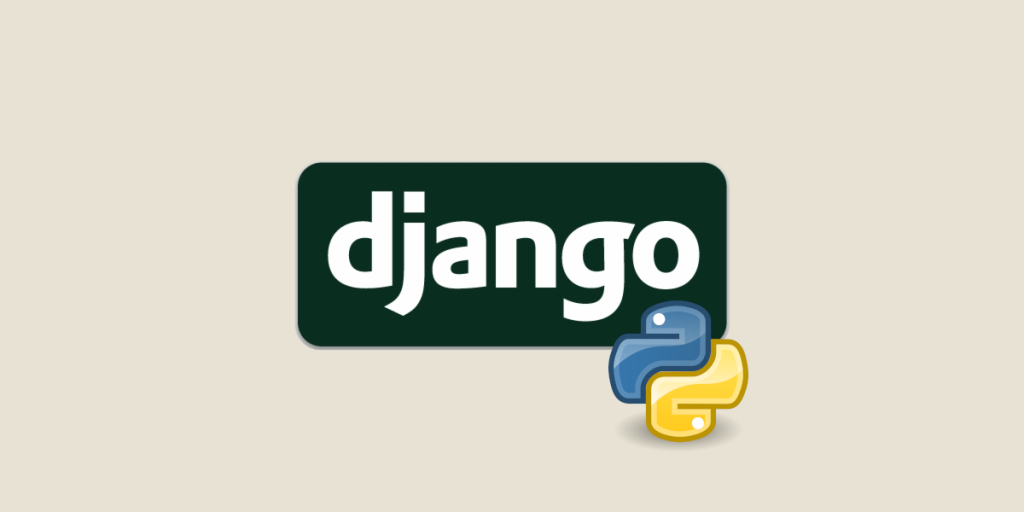Synergy of Django and Tailwind CSS: A Developer's Guide
Through the smooth integration of Django and Tailwind CSS into a unified project, developers may effectively utilize the advantages of both platforms to produce cutting-edge and adaptable online apps. Django and Tailwind CSS work well together, making development easier and allowing developers to create amazing user experiences more quickly. Developers may confidently begin their integration journey with the commands given, enabling them to fully utilize Tailwind CSS and Django in their applications.

First of all,
Django and Tailwind CSS are strong allies in the online development space, both providing unique benefits to make creating contemporary web apps easier. High-level Python web framework Django makes backend development easier, and utility-first design principles of Tailwind CSS transform frontend styling. This blog post will explain the fundamentals of Django and Tailwind CSS, examine their interoperability, and offer a detailed walkthrough for combining both into a single project with all required commands.
Django: What is it?
Django is a Python web framework that is free and open-source, with the goal of promoting quick development and reusable code. It adheres to the Model-View-Template (MVT) architectural pattern, which offers a clear division of responsibilities for scalable and effective organization. Django has a ton of built-in capabilities that make it easy for developers to create reliable online applications. These features include an ORM for database interactions, a strong templating engine, authentication methods, and URL routing.
Tailwind CSS: What is it?
With Tailwind CSS, developers can design unique user interfaces without depending on pre-made components. Tailwind CSS is a contemporary utility-first CSS framework. In contrast to conventional CSS frameworks, Tailwind CSS offers an extensive collection of utility classes that may be blended together to directly style HTML markup elements. With its unmatched flexibility and ability to iterate quickly, this method produces codebases that are easier to clean and manage.
Compatibility of Django and Tailwind CSS:
Web development benefits greatly from Tailwind CSS and Django integration. Tailwind CSS is great in improving frontend style, while Django is more concerned with backend features and template display. By working together harmoniously, developers may take use of the distinct benefits of both frameworks at the same time, hence removing any potential compatibility problems. One may take advantage of Django's robust backend functionality and improve the frontend design of their apps by integrating Tailwind CSS.
Integrating Django and Tailwind CSS:
We will show you detailed instructions on how to combine Tailwind CSS and Django into a single project in the next section. You will be able to fully utilize the functionality of these two frameworks by combining them.
Set Up a Django Project:
To launch a Django project, first use the following command to launch a new project.
Terminal:
django-admin startproject myproject
cd myproject
Install Tailwind CSS:
Installing Tailwind CSS and its dependencies with npm is necessary before you can use it in your project. You can accomplish this by going to the project directory and running the necessary commands.
Terminal:
npm install tailwindcss postcss autoprefixer
Configure Tailwind CSS:
You can easily modify the Tailwind CSS configuration file to make the framework exactly match the design and development specifications of your project by following these steps.
Terminal:
npx tailwindcss init
Create HTML Templates:
Making HTML templates is a crucial part of your Django project. These templates act as the framework for your project's user interface, enabling you to include static files and show dynamic material. Rendering these templates and guaranteeing a seamless user experience are made simple by Django's robust templating engine. You can use this engine to create interactive, aesthetically pleasing webpages that satisfy the needs of your project.
Integrate Tailwind CSS:
To make Tailwind CSS work flawlessly in your project, you must include the PostCSS-generated compiled CSS file in your HTML templates. You can accomplish this by adding the Tailwind CSS styles to your primary CSS file. You will be able to utilize all of Tailwind CSS's amazing features and functionalities to the fullest by using this strategy.
CSS:
/* assets/css/styles.css */
@import "tailwindcss/base";
@import "tailwindcss/components";
@import "tailwindcss/utilities";
Develop Django Views and Models:
To manage database interactions, authenticate users, and guarantee the backend runs well, keep working on Django views and models.
Connect Templates with Views:
In Django, link views and templates are essential because they facilitate the connection between views and templates. By specifying URL patterns and rendering templates inside of views using Django's render function, this link is made. Developers can guarantee a smooth user experience and efficiently navigate between pages by doing this.
What's Your Reaction?




























